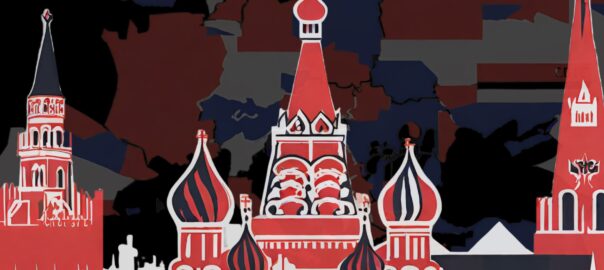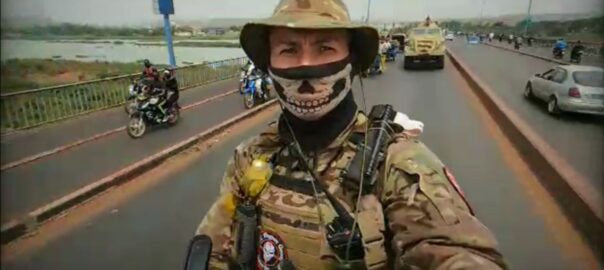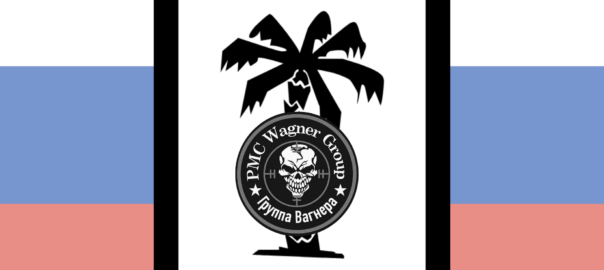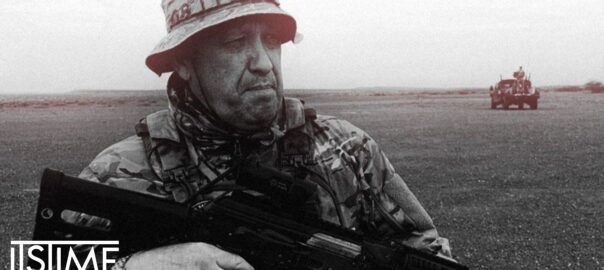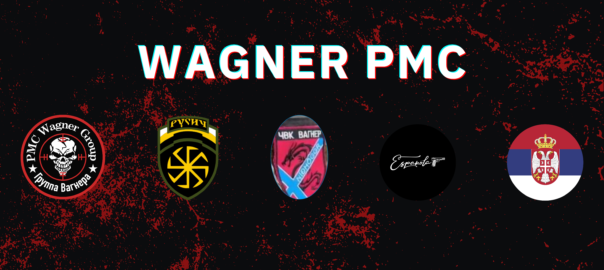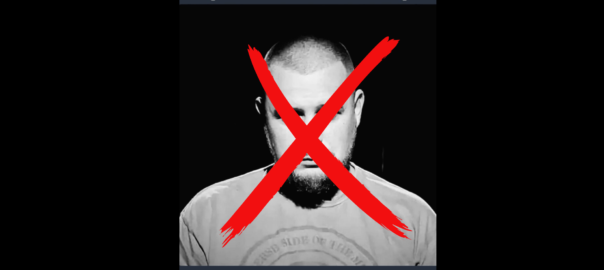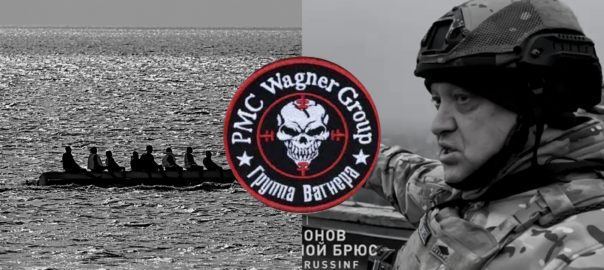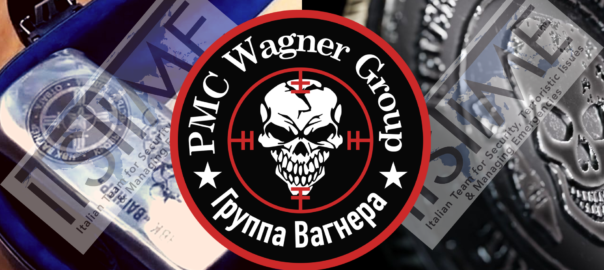Mentre gli occhi del mondo sono concentrati sulla guerra in Ucraina e sul conflitto tra Israele e Hamas, la Russia sta riconsolidando la propria presenza in Libia, ponendo un’ulteriore minaccia al fianco sud della NATO. Nonostante la disfatta dell’alleato Generale K. Haftar nella battaglia di Tripoli nel 2020, la presenza russa è rimasta ben consolidata in relazione al più ampio progetto geopolitico di proiezione di potenza nel Sahel e nell’Africa sub-Sahariana.
Continue readingTag Archives: WagnerPMC
Russian sabotage campaigns: the new European front of the War – by G. Porrino & A. Bolpagni
Since February 2024, at least ten operations between arson attacks and train sabotage have been planned, several of which have been intercepted by the intelligence services of the countries targeted. Where operations were successful, pictures and related videos were disseminated on PMC Wagner’s main Telegram channels. Such acts of sabotage do not constitute an isolated case, but rather part of a broader operation.
Continue readingPMC Wagner recluta per l’Africa e Afrika Corps guarda al Niger – by G. Porrino e A. Bolpagni
Dalla fine di febbraio 2024, dopo un silenzio durato sei mesi, i vertici della Wagner hanno riavviato il processo di reclutamento per le operazioni in Africa e ad aprile 2024 Afrique Media, ha annunciato l’arrivo degli Afrika Corps in Niger.
Continue readingReorganization through Confederation: how Putin is exploiting the PMC Wagner model – by G. Porrino, A. Bolpagni, F. Borgonovo
Despite the death of Yevgeny Prigozhin on 23 August, PMC Wagner continued to operate in the African and Middle Eastern theatre, except for the troops that were engaged in Ukraine and are now stationed in Belarus. In recent months, however, the Ministry of Defence has undertaken a plan to restructure the PMC Wagner network, preserving its tactical-operational assets and the benefits derived.
Continue readingWagner Digital Ecosystem: what happens after Prigozhin’s Death – By Federico Borgonovo & Giulia Porrino
After the March of Justice, announced on June 23, the evolution of the relationship between Russian President Vladimir Putin and PMC Wagner head Yevgeny Prigozhin was discussed at length. On August 23, exactly two months later, one of the private jets on which Yevgeny Prigozhin and Dmitry Utkin, considered his right hand, were traveling crashed en route between Moscow and St. Petersburg.
Continue readingPMC Wagner and Allied Mercenaries, Aftermath of the March by – Federico Borgonovo & Giulia Porrino
During the Russian-Ukrainian conflict, PMC Wagner exploited online and offline support of some military groups, including:
- Española, a parallel battalion of Russian ultras led by Alexander Shum and with a special training centre near San Petersburg.
- Rusich, a reconnaissance, sabotage and assault group, directly attached to the PMC Wagner.
- Serb members, active since the deployment in Syria. Those are linked with several ultras’ communities.
- Níðhöggr (Nidhogg), a little unit near to the Scandinavian right-wing militia funded by an actual Wagner member.
All these units were orbiting around the PMC Wagner as embedded support groups. Starting from their online propaganda we theorized a pro-Wagner alliance system (figure 1).
Continue readingTatarsky: implosione della rete? – by Giulia Porrino
Maxim Fomin, noto come Vladlen Tatarsky, influencer e membro del PMC Wagner è stato ucciso alle 18.30 ora locale a San Pietroburgo. In precedenza era stata evidenziata la centralità del canale di Tatarsky nella rete di reclutamento Wagner e come una sua eleminazione avrebbe probabilmente portato a una crisi all’intera rete.
Continue readingCorrelation Is Not Causation: Wagner e migranti come attori della guerra cognitiva – by Giulia Porrino
Nella giornata di lunedì il Ministro della Difesa Guido Crosetto e il Ministro degli Affari Esteri Antonio Tajani hanno denunciato la presenza della PMC Wagner dietro l’aumento degli sbarchi sulle coste italiane, triplicati rispetto allo stesso periodo nel 2022. Secondo i Ministri si tratta di una strategia di guerra cognitiva che i mercenari russi stanno attuando per destabilizzare l’Europa. Non si è fatta attendere la risposta di Prigozhin (su Telegram), che ha negato di essere al corrente di quanto sta accadendo.
Continue readingPMC Wagner Propaganda Ecosystem – by Giulia Porrino & Federico Borgonovo
The Wagner propaganda ecosystem is fragmented and made up of different actors that we have categorized. We identified a “top-down” propaganda architecture, composed of different materials disseminated by the leadership of the Wagner company, exploiting traditional media such as television, movies, events, and newspaper. Examples of this are the construction of the Wagner Center in St. Petersburg and movies produced by Aurum Production owned by Prigozhin.
Continue readingNew Threats from Wagner PMC by – Giulia Porrino & Federico Borgonovo
On 23 November, the European Parliament adopted the resolution defining Russia as a state sponsor and user of terrorist modalities[1]. At the same venue, MEPs asked the EU Council to include the Wagner group and the 141st Motorized Regiment of Chechen fighters, also known as “Kadyrovites”, in the list of terrorist organizations of the European Union, as well as other armed militias. Continue reading


